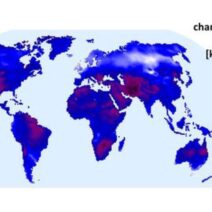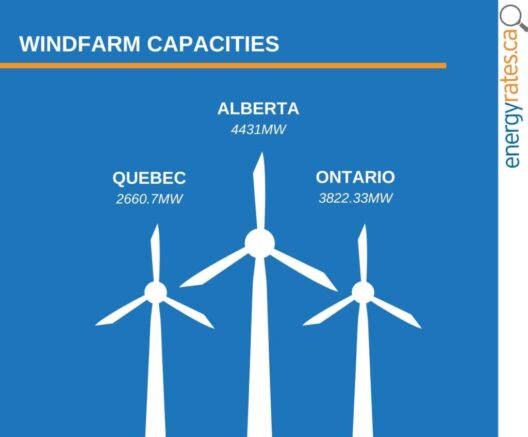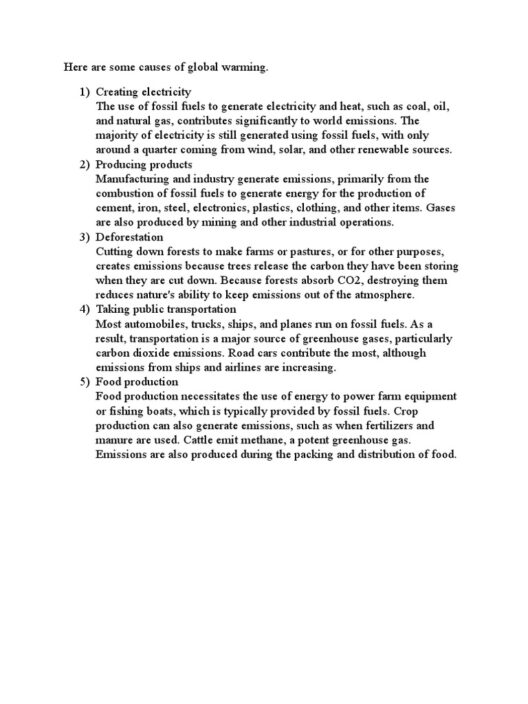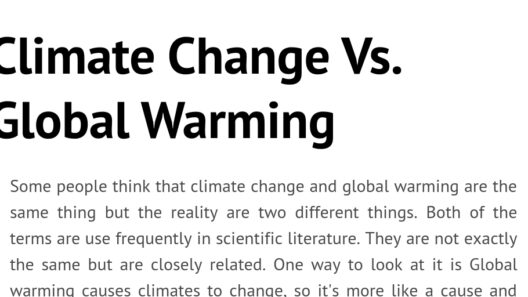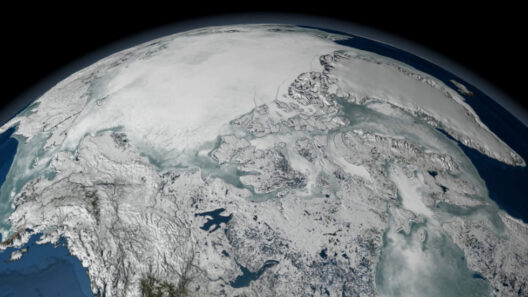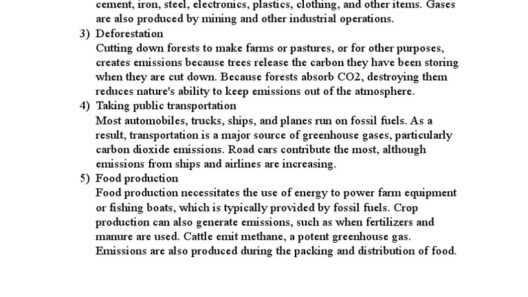Global Warming Potential (GWP) is a crucial metric that provides a comprehensive understanding of how different greenhouse gases contribute to climate change. It serves as a relative measure that allows for the comparison of the heat-trapping ability of various gases over a specified timeframe, commonly 100 years. In this article, we will explore the intricacies of GWP, its significance, and the complexities involved in measuring the impact of greenhouse gases on our atmosphere.
The GWP of a gas is calculated by assessing its ability to absorb infrared radiation and the duration it remains effective in the atmosphere compared to carbon dioxide (CO2), which has a GWP of 1. This metric encapsulates not only the immediate warming effects but also accounts for the longevity of each gas in the atmosphere. For example, methane (CH4) has a GWP of 28-36 over 100 years, meaning it is substantially more effective than CO2 at trapping heat during that timeframe, although it does not persist in the atmosphere as long.
As climate change becomes increasingly pressing, understanding GWP is paramount for policymakers, industries, and individuals striving to mitigate their environmental footprint. By addressing greenhouse gas emissions according to their GWP, we can prioritize strategies that yield the most significant reductions in global warming potential.
Understanding GWP
At its core, the concept of GWP is intertwined with atmospheric science and climate policy. It involves intricate calculations that consider several factors, including radiation efficiency, the gas’s lifespan in the atmosphere, and its cumulative effects over time.
To elucidate this further, consider the distinctions between some of the most potent greenhouse gases: carbon dioxide, methane, and nitrous oxide. While carbon dioxide is the most prevalent greenhouse gas, methane has a GWP approximately 28 times higher than CO2 over a century due to its enhanced ability to absorb heat. Nitrous oxide, with a GWP around 298, is predominantly released from agricultural and industrial activities. This stark differentiation underscores the importance of targeted emissions reductions based on GWP.
The Importance of Measuring GWP
Global warming potential provides invaluable insights into climate change mitigation strategies. It allows for the quantification and monitoring of emissions from various sectors, aiding in the development of policies that encourage reductions in more potent greenhouse gases. Understanding GWP equips stakeholders with the information needed to make informed decisions, leading to more effective environmental strategies.
Take, for instance, the implementation of carbon pricing mechanisms. By assigning a cost to emissions based on their GWP, governments can create financial incentives for businesses to reduce emissions. This economic approach creates a sense of urgency and responsibility toward keeping global temperatures within safe limits.
Furthermore, GWP is integral to international climate agreements, such as the Paris Agreement, where countries are encouraged to set targets for emissions reductions. As nations align their commitments based on GWP, they cultivate global cooperation in the fight against climate change. The metric fosters accountability and transparency among countries, as emissions data can be standardized and compared, ensuring that all parties are contributing to the collective goal of reducing global warming.
Challenges in Calculating GWP
Despite its utility, calculating GWP is not without challenges. First, the time horizon of 100 years may not comprehensively capture the immediate impacts of short-lived gases like methane, which contribute significantly to climate change in the near term. While methane has a higher GWP, its effects diminish rapidly compared to CO2, making it essential to consider diverse time frames for accurate assessments.
Moreover, variances in data quality and availability can lead to discrepancies in GWP values. Establishing standardized methodologies and testing protocols is vital for consistency. The scientific community continues to research and refine GWP calculations to enhance accuracy and credibility, ensuring that policies based on these metrics are grounded in robust data.
Ultimately, effective climate action hinges on a nuanced understanding of GWP. Stakeholders must consider not only the numerical values assigned to greenhouse gases but also the socio-economic and environmental contexts in which they reside. Policymakers should strive for adaptability, enabling them to pivot their strategies based on evolving science and emerging technologies aimed at reducing GWP-associated emissions.
The Road Ahead: Moving Beyond GWP
While GWP is an essential tool for assessing the impact of greenhouse gases, it should not be the sole focus of climate change strategies. A holistic approach is necessary, one that encompasses renewable energy adoption, energy efficiency measures, deforestation prevention, and carbon sequestration initiatives, among others.
To further enhance our response to climate change, researchers must continue to explore innovative solutions that tackle emissions at their source. This could mean developing alternative technologies that utilize less harmful substances, embracing sustainable agricultural practices to reduce nitrous oxide emissions, or even advancing carbon capture and storage techniques.
In conclusion, Global Warming Potential serves as an indispensable measure of the impact of greenhouse gases, providing clarity amid the complexities of climate science. By understanding and acknowledging GWP, stakeholders can enact meaningful changes that address environmental concerns, paving the way for a sustainable future. The path to combating climate change requires perseverance and collaboration, but with a firm grip on GWP and its implications, we can foster a healthier planet for generations to come.
